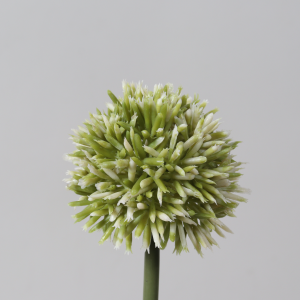In a world where the global artificial flower market is projected to reach an astonishing $2.6 billion by 2025, it becomes imperative to delve deeper into the characteristics of artificial flowers factories and their market attributes. This rapid growth underscores not only consumer preferences but also the evolving dynamics within this niche industry.
The Market Attributes of Artificial Flowers Factories
Artificial flowers factories are characterized by their ability to produce aesthetically pleasing products that mimic natural flora while offering durability and low maintenance costs. These factories leverage advanced manufacturing techniques, enabling them to meet diverse consumer demands across various sectors such as home decor, event planning, and retail displays. A critical aspect of these operations lies in Life Cycle Costing (LCC), which evaluates the total cost of ownership over time rather than merely focusing on initial purchase prices. By incorporating LCC principles, manufacturers can optimize production processes and enhance product longevity.
Exploring Artificial Decorative Trees Factory through Life Cycle Costing

The artificial decorative trees factory exemplifies how LCC can be effectively applied within this sector. By analyzing factors such as raw material sourcing, production efficiency, transportation logistics, and end-of-life disposal or recycling options, these factories can significantly reduce overall costs while maintaining high-quality standards. The emphasis on sustainable practices not only appeals to environmentally conscious consumers but also contributes positively to brand reputation in a competitive marketplace.
A Closer Look at TrustFloral’s Approach to Life Cycle Costing
TrustFloral stands out in its commitment to integrating Life Cycle Costing into its operational framework. The company meticulously assesses each stage of its products’ life cycles—from design innovation that minimizes waste during manufacturing processes to strategic partnerships for responsible disposal methods post-consumer use. This holistic approach ensures that TrustFloral remains competitive while fostering sustainability initiatives that resonate with modern consumers seeking eco-friendly alternatives.
Conclusion
In summary, artificial flowers factories play a pivotal role in shaping market trends through innovative practices grounded in Life Cycle Costing principles. As we have explored throughout this article, understanding these characteristics allows stakeholders—manufacturers and consumers alike—to make informed decisions that align with both economic viability and environmental responsibility.
